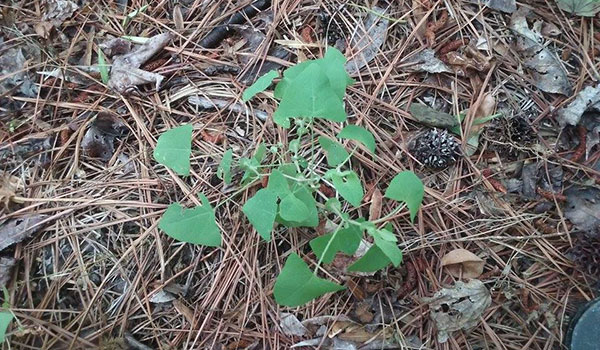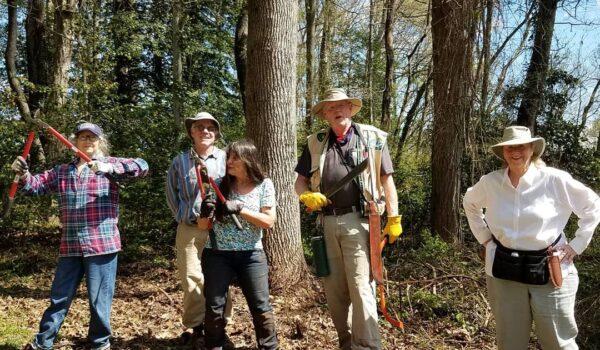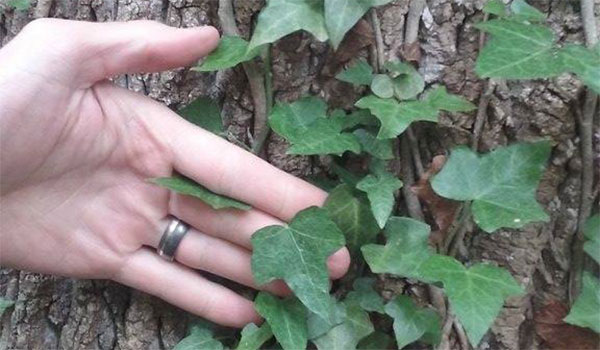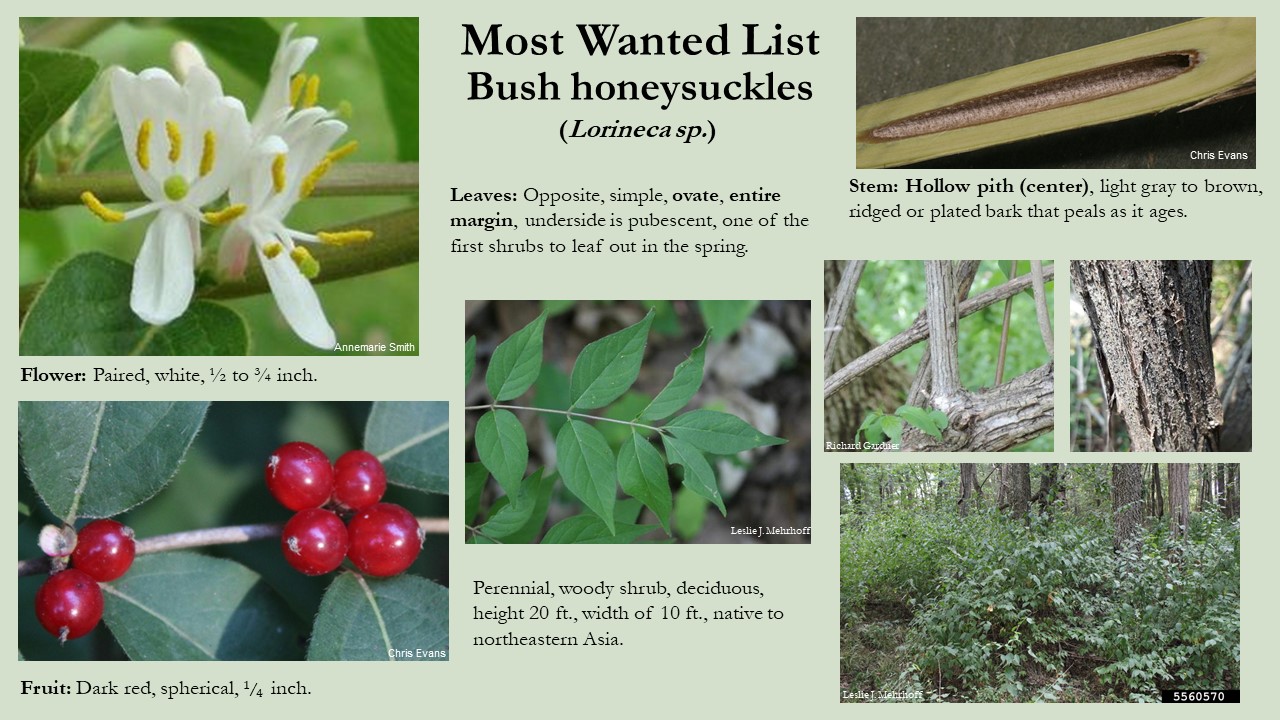Anne Arundel Weed Resistance (AAWR) is an organization of volunteers dedicated to controlling invasive plants threatening the health of our natural areas.
The program is sponsored by the Anne Arundel County Forestry Board (AAFB) in partnership with the County’s Watershed Protection and Restoration Program, South River Federation, Watershed Stewards Academy, Alliance for the Chesapeake Bay, and Scenic Rivers Land Trust.
AAWR provides training and technical advice, tool caches, and logistical support for invasive removal projects in the County.
To have a meaningful impact against the spread of invasive plants in the County, AAWR relies on community members like you to serve as weed warriors.
We’re grateful for the support of individuals and groups dedicated to maintaining the health of our natural areas, and invite you to contact us about training or partnering on projects:
- “Friends of” County and State parks
- homeowners associations
- student clubs, service learning volunteers, science classes
- houses of worship
- Master Gardeners and Naturalists
- other gardeners, homeowners, and naturalists
- outdoor recreation enthusiasts

What are Invasive Plants?
Invasive plants are defined as non-native to the ecosystem under consideration and whose introduction causes or is likely to cause economic or environmental harm or harm to human health. Here in Anne Arundel County we have determined 14 invasive plant species that are particularly problematic in our area. The list was selected based on difficulty to control by mechanical means and prevalence in our area.
Many invasive plants were intentionally planted by humans. Some were planted as an ornamental for landscaping, others as erosion control and natural fences. The impacts of invasive plants include but not limited to reduction in biodiversity, degrade habitat quality, decrease property values, expensive to control and damage to property or person. Invasive plants grow rapidly compared to natives and shade them out or girdling them.

How to become a Weed Warrior!
In order to become a certified Weed Warrior, please attend a 3 hour Training Workshop comprised of an indoor and an outdoor training. The indoor training is approximately 2 hours long, where you will learn plant identification, ecology, control methods, tools and safety. The outdoor training is about 1 hour long and you will get hands on experience, along with tips and tricks for successful invasive plant removal.

Log your hours and impacts
Help us keep track of the impact our group is making in controlling invasive plants by logging you hours and area treated. We use this information to for grant writing, funding and determining the success of this program. Along with being able to share our volunteers the impact they are have as a group.
Log your hours here!
HOW YOU CAN HELP
Get educated
Learn what makes a plant “invasive,” which ones are an issue in this area, and steps you can take to prevent them from ever taking root in the first place!
Resources:
- Plant Invaders of Mid-Atlantic Natural Areas (free download available)
-
Control of Invasive Non-Native Plants includes five questions when evaluating plants for your garden (Maryland Native Plant Society)
- Bad Plants Planted by Good People (Maryland Department of Natural Resources)
- Invasive Species of Concern in Maryland (Maryland Invasive Species Council)
Go native!
Now that you know about invasives, plant natives instead.
Besides preserving the balance of natural ecosystems, native plants are adapted to local soils and climate conditions, requiring less watering and fertilizing, and are often more resistant to insects and disease.
Resources:
- Native Plants for Wildlife Habitats and Conservation Landscaping
- Shopping for Native Plants (Maryland Native Plant Society)
Spread awareness
Once you have become educated about invasive and native plants, influence nurseries and landscapers by asking for (and purchasing!) native alternatives.
Make sure they know the law!
The Maryland Invasive Plants Prevention and Control Law regulates the sale of invasive plants to prevent them from entering and spreading in the State. Plants designated as Tier 1 are prohibited from sale; Tier 2 plants may only be sold with explicit notice of their invasive status.
Resources:
- Native plant buyers shopping cards for retail nurseries (Maryland Native Plant Society)
- Maryland Invasive Plant Regulations: includes lists of Tier 1 and Tier 2 invasive plants (Maryland Department of Agriculture)
Report sightings
Once you’ve learned to recognize invasives, be alert when you’re visiting natural areas. If you spot some, notify the agency or organization responsible for managing the land.
You can also make use of apps to report sightings.
Resources:
- Statewide Eyes: Mapping Maryland’s Invasive Species: check for training (Maryland Department of Natural Resources)
- Mid-Atlantic Early Detection Network (MAEDN): A mapping and reporting technology and phone app















